The number of civil servants employed by the Ministry of Defence has fallen by more than half over the past three decades, according to new figures released in response to a parliamentary question.
In a written answer to Conservative MP James Cartlidge on 11 July, Defence Minister Al Carns provided a full breakdown of the MOD’s civil service workforce from 1995 to 2025. At the start of the period, on 1 April 1995, the department employed 121,654 staff on a full-time equivalent (FTE) basis, with a headcount of 123,776.
By 1 April 2025, that figure had fallen to 55,802 FTE and 57,854 in headcount terms, a reduction of more than 53 per cent. The steepest reductions occurred during the early 2010s. Between 2010 and 2014 alone, the FTE total fell from 75,651 to 55,509, a loss of over 20,000 positions in just four years.
The figures include civilian personnel in Executive Agencies and predecessor organisations, as well as Royal Fleet Auxiliary (RFA) staff. RFA personnel were counted from 1999 onwards. Locally engaged civilians, who are employed on separate terms and conditions, are not included in the totals.
Despite a gradual rise in numbers between 2017 and 2024, the latest data for April 2025 shows a renewed decline in civilian staffing. The MOD had 57,875 staff in April 2024, 2,073 more than the current headcount.
Here’s the table from the MOD response.
| Date | FTE (Total) | Headcount (Total) |
| 01/04/1995 | 121,654 | 123,776 |
| 01/04/1996 | 116,093 | 118,183 |
| 01/04/1997 | 115,260 | 117,379 |
| 01/04/1998 | 108,772 | 110,804 |
| 01/04/1999 | 108,143 | 110,254 |
| 01/04/2000 | 106,430 | 108,622 |
| 01/04/2001 | 104,823 | 107,083 |
| 01/04/2002 | 95,976 | 98,242 |
| 01/04/2003 | 93,737 | 96,002 |
| 01/04/2004 | 93,619 | 95,647 |
| 01/04/2005 | 92,812 | 94,815 |
| 01/04/2006 | 88,832 | 91,007 |
| 01/04/2007 | 83,843 | 86,289 |
| 01/04/2008 | 78,260 | 80,589 |
| 01/04/2009 | 76,072 | 78,357 |
| 01/04/2010 | 75,651 | 77,986 |
| 01/04/2011 | 72,486 | 74,782 |
| 01/04/2012 | 61,621 | 63,445 |
| 01/04/2013 | 57,148 | 58,772 |
| 01/04/2014 | 55,509 | 57,134 |
| 01/04/2015 | 53,143 | 54,749 |
| 01/04/2016 | 51,896 | 53,455 |
| 01/04/2017 | 52,430 | 54,065 |
| 01/04/2018 | 52,641 | 54,345 |
| 01/04/2019 | 53,509 | 55,324 |
| 01/04/2020 | 54,665 | 56,579 |
| 01/04/2021 | 56,291 | 58,234 |
| 01/04/2022 | 56,123 | 58,021 |
| 01/04/2023 | 56,849 | 58,770 |
| 01/04/2024 | 57,875 | 59,859 |
| 01/04/2025 | 55,802 | 57,854 |
These figures show MOD civil servants, including personnel in Executive Agencies and their predecessor organisations, dating back to 1995.
The table includes personnel employed in the Royal Fleet Auxiliary (RFA) in support of Naval operations. These personnel are classified as civil servants for contractual purposes but exclude locally engaged civilians (LECs), who are employed under alternate terms and conditions. Please note that RFA data was not recorded in personnel numbers until 1 April 1999. RFA personnel are classified as Headcount personnel.


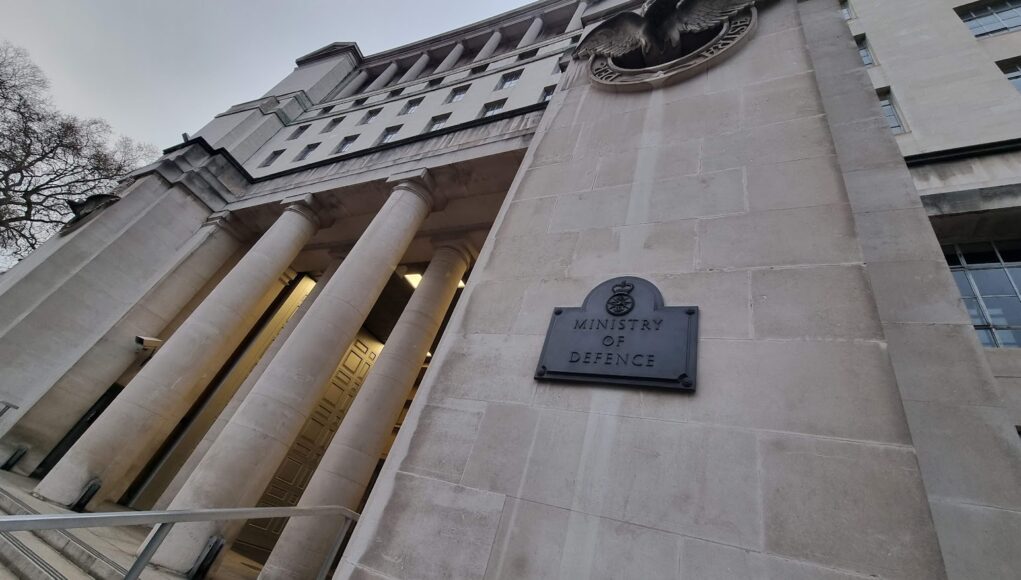
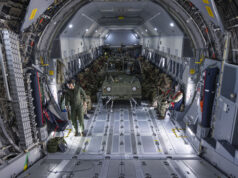

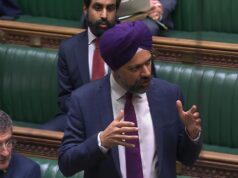

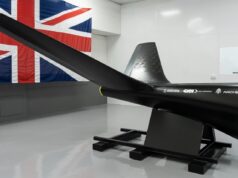
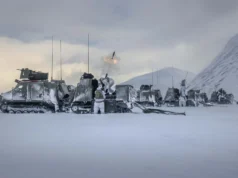

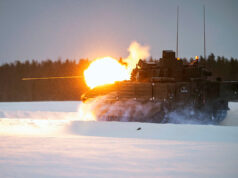

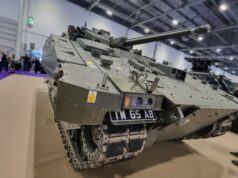

So has the Armed Forces, so whats the point of this story?, is it the Government trying claim they got numbers down, Its smoke and mirrors out of date bending the facts story. Trying to claim its was some ones idea, only reason there is less as there is less military.
Well, Front Line First review in 1995 did what it said it would do.
Back end and many officer posts were culled at that time.
Sadly, so was the front line, but they embellished that minor detail by headlines about precision missiles.
Apache and Hellfire.
TLAM and SSN.
Meteor.
I did a little online research and total regular numbers 1995 were 320,600. Now they are 147,300.
So MOD staff as a % of regulars in 1995 38%
MOD staff as a % of regulars in 2025 38 %
The fact that they have stayed constant for 30yrs under very different governments does suggest they have real jobs to do.
Part of the problem with getting parts is how few of them there are across so many projects.
You need a minimum sized team with the expertise.
Very much so.
Too many here deride the back end, without which, defence fails.
They are more than procurement pen pushers.
Meanwhile the armed forces (are we still allowed to use forces?) have nigh on disappeared.
Even O rings and gaskets!
How to reduce numbers?
Trust and delegation
. Reduce the frequency of meetings
According to Musk, “excessive meetings are the blight of big companies and almost always get worse over time.”
To make meetings more effective, he suggests fewer of them unless there’s an urgent matter to address.
2. Leave meetings that aren’t valuable
Similar to rule one, if an employee finds they cannot contribute successfully to a meeting then they should be allowed to leave with no repercussions.
“It is not rude to leave, it is rude to make someone stay and waste their time,” Musk says.
3. Don’t use acronyms or nonsense words
The best way to communicate effectively is to be direct about what you’re saying, this means “don’t use acronyms or nonsense words for objects, software, or processes.”
4. Don’t use “chain of command” to communicate
“Communication should travel via the shortest path necessary to get the job done,” Musk toells employees.
He finds it unnecessary for lower-level employees to communicate issues through the chain of command, rather than approaching a person directly.
“Any manager who attempts to enforce chain of command communication will soon find themselves working elsewhere”
5. Use common sense
While it may seem obvious, some people need a reminder to use common sense in most situations.
Musk uses the example of following a “company rule” that would be “obviously ridiculous in a particular situation.”
6. Avoid big meetings
“Excessive meetings are the blight of big companies and almost always get worse over time. Please get [out] of all large meetings, unless you’re certain they are providing value to the whole audience, in which case keep them very short.”
Most big companies do roughly the same thing day after day. Quotidien decisions are made on precedent and meetings just nudge things a bit to make sure they run smoothly. They can afford to be kept short. We decry MOD when it does the same because it doesn’t react fast enough to environmental change, and it can’t innovate. In emergencies systems have to be shortcut and technical debt accrues. MOD is poorly structured, suffering from an acute case of left-hand-not-knowing. It’s is going through another round of Reform (deck-chair repositioning) as we speak. No structure has time to embed before the next reshuffle is initiated, and meetings are used to tie the ever-moving parts together rather using than pure chain of command; middle/senior mangement don’t stay in post very long.
Musk wouldn’t last six months in government work….
We probably need a break-down of numbers, such as:
How many are MoDplod
How many RFA
How many are Estates
How many are Defence scientists etc.
Being in a Govt Dept, my salary and career progression are ‘managed’ by a private company; how many roles have been outsourced? They won’t count in these figures.
Pretty much the whole country is now aware of the problem thanks to never ending ‘independent, judge led’ inquiries, for example. The desperate levels of inefficiency are not due to poor quality staff, quite the reverse (same in the hopelessly inefficient NHS) and by no means confined to the MoD.
The McKinsey report I reference above (awaiting moderation) shows that investment in a future proof single core software system would bring immediate and significant productivity gains. A brief look at what Israel achieves with a defence budget about 60% of the size of ours indicates the scale of our problem. We are, now, very close to the threat of ballistic missile strikes from our enemies. Desperate times require desperate measures. The next election may reflect that but it may also be too late. Systemic reform is required.